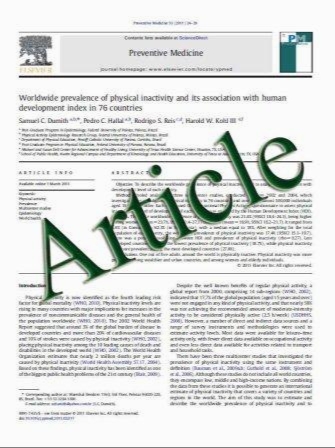An infant with alternating metabolic acidosis and alkalosis: question
- نوع فایل : کتاب
- زبان : انگلیسی
- مؤلف : Nakysa Hooman & Daniel Jafari & Sahar Jalali-Farahani & Arash Lahouti Harahdashti
- چاپ و سال / کشور: 2011
Description
A 40-day-old infant was referred to our center from a local hospital with abnormal renal function tests, oliguria, and dehydration. The infant was the third child of consanguineous parents; none of the other siblings were reported to have any relevant medical condition. His birth was uneventful except for caesarian section delivery due to preeclampsia of the mother at 37 weeks gestation (birth weight 2800 g). A lowgrade fever and upper respiratory infection was documented on the tenth day of life, which was followed by diarrhea. Upon treatment with intravenous ampicillin, fever subsided but diarrhea persisted with watery green soft stools five times per day. The infant was reported not to have gained weight favorably, but was above the tenth percentile. He was vaccinated according to the national schedule up to this point and his medication history was not significant. The infant had received one dose of gentamicin in the local hospital, but this treatment was discontinued immediately after the admission test results became available, which revealed a blood urea nitrogen level of 116 mg/dl and a serum creatinine level of 4.2 mg/dl. He was then transferred to our center. At presentation, the infant appeared to be ill, lethargic, and dehydrated on physical examination. Vital signs on admission were reported as systolic blood pressure of 55 mmHg, pulse rate of 140 bpm, respiratory rate of 35 per minute, and axillary temperature of 36.8°C. Laboratory results on admission showed a partly compensated metabolic acidosis, renal failure, hyperkalemia, hyponatremia, and hyperphosphatemia (see Table 1). All attempts to drain a urine sample by Foley catheter were unsuccessful. Renal ultrasonography demonstrated renal parenchymal changes but no signs of obstruction or hydronephrosis. Initial treatment consisted of intravenous fluid administration, emergency peritoneal dialysis, and kayexalate enema. Calcium gluconate, furosemide, and ceftizoxime were administered parenterally. The infant showed significant improvement after 3 days of peritoneal dialysis and strict fluid and electrolyte management. Breastfeeding restarted on the second day of admission and upon resolution of all symptoms the infant was discharged. The infant was hospitalized for a second time in our center on his 80th day of life, shortly after discharge from a local hospital where he had been diagnosed with a respiratory infection after a productive cough for 10 days and low-grade fever; treatment had been intravenous ampicillin. Following the initial discharge the infant exhibited poor feeding and worsening of the lethargy and was re-admitted to our center. On physical examination, the infant had tachypnea and moderate dehydration, but not hypotension or fever (pulse rate 120 bpm, respiratory rate 50 per minute, blood pressure 85/55 mmHg, axillary temperature 36.8°C). Heart and lung auscultation was normal. He had not gained weight since the last hospital- ization and was below the tenth percentile. Laboratory test results indicated normal renal function and hypochloremic metabolic alkalosis (see Table 1). The urine chloride level was 8 mEq/l. The patient showed improvement with fluid and electrolyte correction and the administration of antibiotics. Blood and urine cultures were negative, urinalysis, liver panel, and thyroid test results were normal, and the findings on the abdominal and urinary ultrasonography scans were non-significant. The infant was reported to have reducing substances in the stool with a pH of 5 and his stool culture was positive for Pseudomonas species. A nonimaging diagnostic test was ordered by the medical team to confirm the suspected diagnosis.
Pediatr Nephrol DOI 10.1007/s00467-011-1899-5 Received: 19 March 2011 / Accepted: 11 April 2011


